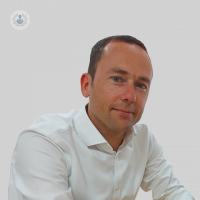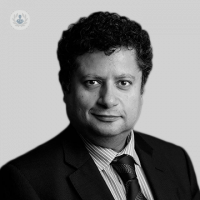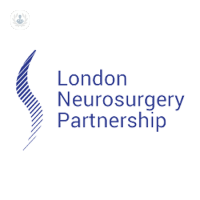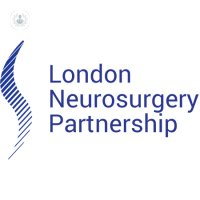Deep brain stimulation (DBS)
Dr Claudio Ruffmann - Neurology
Created on: 01-16-2014
Updated on: 11-21-2023
Edited by: Jay Staniland
What is deep brain stimulation?
Deep brain stimulation (DBS) is an established neurosurgical, symptomatic therapy for some patients with clinically confirmed Parkinson's disease. It is a treatment performed by a specialist neurologist and neurosurgeon.
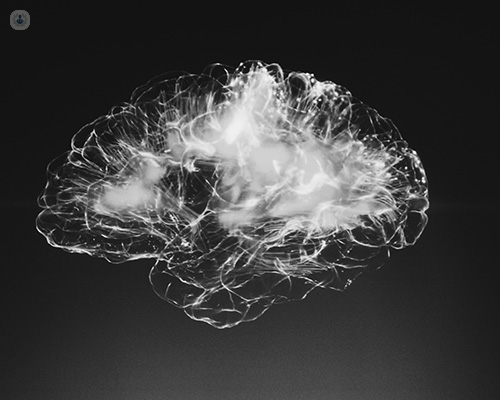
How does deep brain stimulation work?
Deep brain stimulation (DBS) works by delivering an electrical current to targeted areas of the brain. This is made possible by the neurological placement of small electrodes in these brain regions. The electrodes are connected to a pulse generator through thin cables. The pulse generator is surgically placed in a subcutaneous pocket.
What is the procedure for the surgical placement for deep brain stimulation?
The neurosurgeon performs the surgical placement of the electrodes and of the pulse generator. Surgical approaches may vary between different centres. Most surgeries are now done under general anaesthesia, except when DBS is performed to treat tremor. In this case, patients are awake during surgery and suppression of tremor is used as confirmation of optimal electrode placement. In the vast majority of cases, DBS surgery is now completed in a single stage, and patients can be discharged home in one or two days.
How effective is DBS?
DBS can be very effective in suppressing tremor and in improving motor complications of Parkinson’s Disease, including wearing off, dyskinesia, and other erratic responses to levodopa that can develop with disease progression.
DBS is not a cure for Parkinson’s disease. It is usually understood that DBS can replicate the patient’s best response to oral medication. The best outcome of DBS is usually one where the patient experiences less ‘off’ time, and the ‘off’ phase itself is less severe. In patients that have DBS for tremor, this is often greatly reduced and sometimes abolished. Successful DBS can lead to reduction in the amount of oral medication taken.
What are the benefits of deep brain stimulation?
Recent studies have shown that the benefit of DBS can be sustained more than 10 years after surgery. However, it is important to bear in mind that, even in carefully screened patients, therapeutic success with DBS is not guaranteed. Furthermore, there is evidence that DBS can sometimes lead to new symptoms or worsening of certain pre-existing symptoms, such as dysarthria (speech problems), postural instability, and mood changes.
Who is DBS a suitable treatment for?
A detailed screening process is required to assess an individual patient’s eligibility for DBS. In other words, DBS is not indicated for all patients with Parkinson’s disease. A multidisciplinary team including a neurologist with expertise in Parkinson’s disease, a neurosurgeon, and other healthcare professionals including a psychologist and a Parkinson’s disease specialist nurse is required to assess suitability for the procedure.
Patients above the age of 70, those with a poor response to levodopa, and those with significant postural instability, cognitive or speech impairment are not likely to benefit from DBS. DBS is not a therapeutic option for patients with other forms of Parkinsonism, such as vascular Parkinsonism, Multiple System Atrophy (MSA) and Progressive Supranuclear Palsy (PSP).
